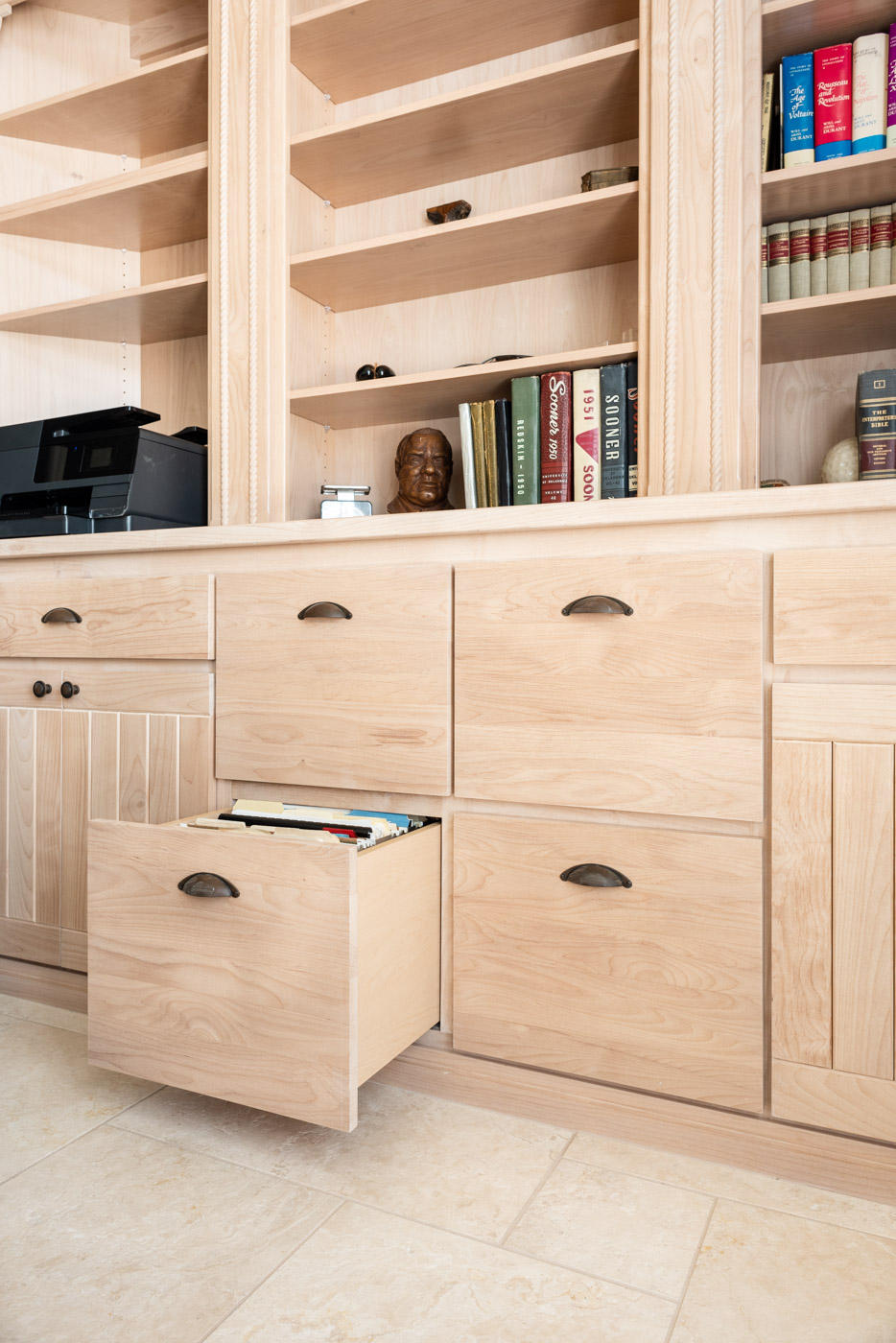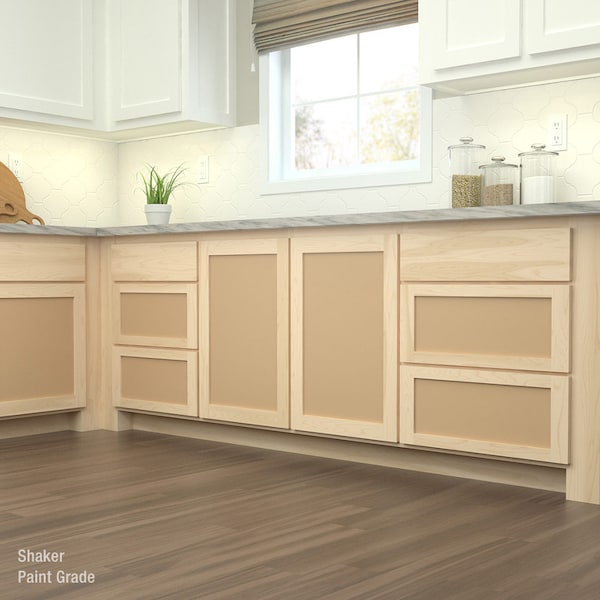All Categories
Featured
The appropriate option of materials can considerably influence your gateway's aesthetics, resilience, and functionality. Below's an overview to choosing the best materials for your custom entrance gate.
Wood gateways exhibit warmth and natural charm, making them a preferred choice for rustic and standard designs.
Pros:
Aesthetic Allure: Provides a timeless, classy look that enhances a selection of building designs.
Adjustable: Can be stained, painted, or sculpted to accomplish an unique style.
Eco-Friendly: Lasting choices like reclaimed timber decrease environmental effect.
Disadvantages:
Upkeep: Calls for routine staining or sealing to secure versus climate and bugs.
Durability: May warp, fracture, or rot over time without appropriate care.
![]()
Steel entrances are celebrated for their resilience and ability to suit detailed styles.
Pros:
Resilience: Resistant to deterioration, making it perfect for high-traffic areas.
![]()
Style Adaptability: Suitable for both conventional functioned iron designs and modern-day, smooth styles.
Reduced Maintenance: Requires very little upkeep with proper coverings to stop rust.
Disadvantages:
Price: High-quality metals like wrought iron or stainless steel can be expensive.
Heat Retention: May end up being warm to the touch in straight sunshine.
Aluminum is a cost-effective choice to larger steels, using a contemporary appearance with reduced upkeep.
Pros:
Corrosion-Resistant: Perfect for locations with high humidity or coastal climates.
Lightweight: Easier to install and run compared to various other metals.
Cost Effective: Gives a smooth check out a lower cost.
![]()
Disadvantages:
Stamina: Much less long lasting than heavier steels like steel or iron.
Minimal Customization: Not as functional for intricate designs.
Vinyl entrances are recognized for their cost and convenience of maintenance, making them a sensible choice for several home owners.
Pros:
Low Upkeep: Immune to weather, bugs, and UV rays.
Affordable: Budget-friendly ahead of time and with time due to minimal maintenance.
Variety: Available in a variety of styles and shades.
Cons:
Durability: Much less tough than timber or metal and can split in extreme temperatures.
Appearance: Does not have the natural look of timber or the refinement of steel.
Composite gateways incorporate timber fibers with plastic or resin to create a sturdy and appealing alternative.
Pros:
Toughness: Resistant to rot, bending, and bugs.
Reduced Maintenance: Does not call for painting or discoloration.
Eco-Friendly: Frequently made from recycled materials.
Disadvantages:
Expense: Much more pricey than traditional timber or vinyl.
Appearance: May do not have the credibility of all-natural timber.
When Choosing Products,Secret Considerations.
Environment: Think about exactly how the material will certainly do in your local climate condition. Steel is ideal for resilience, while plastic works well in humid settings.
Maintenance: Choose a material that fits your lifestyle and readiness to keep it in time.
Style: Ensure the product straightens with your home's architectural layout and individual preference.
Budget: Element in both ahead of time costs and long-lasting costs for upkeep and repairs.
Final Ideas
Picking the right product for your personalized entrance gateway is a critical action in developing a practical and visually attractive entryway to your residential property. Whether you focus on the timeless elegance of wood, the stamina of metal, or the functionality of vinyl, there's a material to match your requirements. By balancing appearances, longevity, and cost, you can design a customized entrance that boosts your home's visual appeal while standing the examination of time.
- Timber: Classic Elegance
Wood gateways exhibit warmth and natural charm, making them a preferred choice for rustic and standard designs.
Pros:
Aesthetic Allure: Provides a timeless, classy look that enhances a selection of building designs.
Adjustable: Can be stained, painted, or sculpted to accomplish an unique style.
Eco-Friendly: Lasting choices like reclaimed timber decrease environmental effect.
Disadvantages:
Upkeep: Calls for routine staining or sealing to secure versus climate and bugs.
Durability: May warp, fracture, or rot over time without appropriate care.
- Metal: Toughness and Flexibility

Steel entrances are celebrated for their resilience and ability to suit detailed styles.
Pros:
Resilience: Resistant to deterioration, making it perfect for high-traffic areas.

Style Adaptability: Suitable for both conventional functioned iron designs and modern-day, smooth styles.
Reduced Maintenance: Requires very little upkeep with proper coverings to stop rust.
Disadvantages:
Price: High-quality metals like wrought iron or stainless steel can be expensive.
Heat Retention: May end up being warm to the touch in straight sunshine.
- Aluminum: Lightweight and Economical
Aluminum is a cost-effective choice to larger steels, using a contemporary appearance with reduced upkeep.
Pros:
Corrosion-Resistant: Perfect for locations with high humidity or coastal climates.
Lightweight: Easier to install and run compared to various other metals.
Cost Effective: Gives a smooth check out a lower cost.

Disadvantages:
Stamina: Much less long lasting than heavier steels like steel or iron.
Minimal Customization: Not as functional for intricate designs.
- Vinyl: Practical and Budget-Friendly
Vinyl entrances are recognized for their cost and convenience of maintenance, making them a sensible choice for several home owners.
Pros:
Low Upkeep: Immune to weather, bugs, and UV rays.
Affordable: Budget-friendly ahead of time and with time due to minimal maintenance.
Variety: Available in a variety of styles and shades.
Cons:
Durability: Much less tough than timber or metal and can split in extreme temperatures.
Appearance: Does not have the natural look of timber or the refinement of steel.
- Composite Products: The Most Effective of Both Worlds
Composite gateways incorporate timber fibers with plastic or resin to create a sturdy and appealing alternative.
Pros:
Toughness: Resistant to rot, bending, and bugs.
Reduced Maintenance: Does not call for painting or discoloration.
Eco-Friendly: Frequently made from recycled materials.
Disadvantages:
Expense: Much more pricey than traditional timber or vinyl.
Appearance: May do not have the credibility of all-natural timber.
When Choosing Products,Secret Considerations.
Environment: Think about exactly how the material will certainly do in your local climate condition. Steel is ideal for resilience, while plastic works well in humid settings.
Maintenance: Choose a material that fits your lifestyle and readiness to keep it in time.
Style: Ensure the product straightens with your home's architectural layout and individual preference.
Budget: Element in both ahead of time costs and long-lasting costs for upkeep and repairs.
Final Ideas
Picking the right product for your personalized entrance gateway is a critical action in developing a practical and visually attractive entryway to your residential property. Whether you focus on the timeless elegance of wood, the stamina of metal, or the functionality of vinyl, there's a material to match your requirements. By balancing appearances, longevity, and cost, you can design a customized entrance that boosts your home's visual appeal while standing the examination of time.
Latest Posts
Elevate Your Home with Specialist Siding Solutions
Published Apr 19, 25
1 min read
A Dream Wedding Experience at FunCity Resort
Published Apr 19, 25
1 min read
Elevate Any Type Of Area with Elegant, High-Quality Location Rugs
Published Apr 18, 25
1 min read